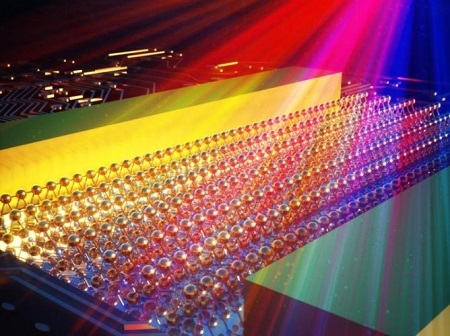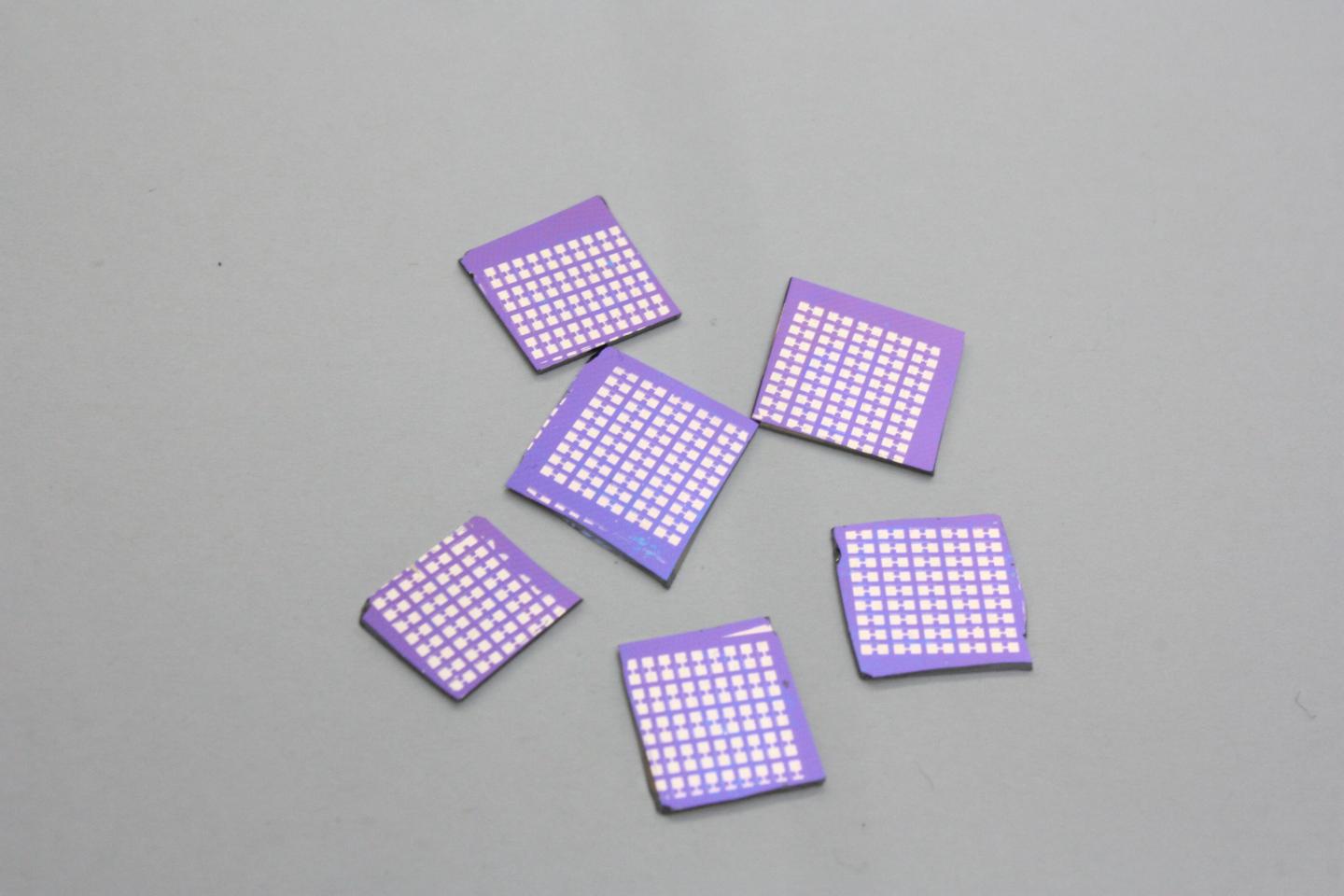
Low-light Photodetector Senses Shades from UV to NIR
Technology could expedite and improve biomedical imaging capabilities, especially in advancing disease detection.
Researchers at RMIT University (Australia) introduced a hyper-efficient broadband photodetector capable of imaging all shades of light between the UV and near-infrared ranges and is at least 1000× thinner than existing commercially available photodetection devices. The construction of the prototype featured a single nanothin layer on a chip, as opposed to a stacked structure of three or more layers. The technology improves biomedical imaging possibilities and capabilities, especially in the early detection of diseases and other health issues.
Operating speed, low-level light sensitivity, and the extent to which they can sense the full spectrum are conventional gauges for the effectiveness and versatility of photodetection devices. While improving one of those areas often diminishes another, the researchers successfully implemented their single-layered structure without compromising speed, low-light sensitivity, or range of visibility.

Artist’s impression of the photodetector device created by RMIT University researchers. Courtesy of Ella Marushchenko.
The researchers in fact designed a device that images at more than 10,000× faster than the blink of an eye. Using tin monosulfide, the researchers designed their device to feature a high degree of sensitivity in low-light conditions. This rendered the prototype suitable for low-light photography across a wide spectrum of light. Because tin monosulfide is a low-cost and naturally abundant material, making it attractive for both electronics and optoelectronics, the researchers prevented the deterioration of electronic and optical properties when they shrunk their device.
It is also a thin device — thinner than a nanometer — which could lead to a reduction in size of medical imaging equipment, and increased accuracy in targeting cancerous cells in procedures such as radiation therapy.
“Shrinking the technology could also help deliver smaller, portable medical imaging systems that could be brought into remote areas with ease, compared to the bulky equipment we have today,” said Vaishnavi Krishnamurthi, lead author of the article describing the photodetector.

Researchers have developed (in prototype) a photodetector (magnified here) that can see all shades of light. Courtesy of RMIT University.
While photodetection is used in a range of additional technologies, spanning gaming consoles to fiber optic communication, and medical imaging to motion detection, individual photodetectors are currently unable to sense more than a single color in the one device. Compared to other technologies, such as the silicon chip with which they integrate, photodetectors are larger and operate at slower-than-optimal speeds.
The photodetector can be integrated with existing technologies, such as CMOS chips, and the research team is looking at industry applications. With further development, applications including more effective motion detection in security cameras, and faster, more efficient data storage could emerge as possibilities, said RMIT University’s Sumeet Walia, chief investigator of the research.
The research was published in Advanced Materials (www.doi.org/10.1002/adma.202004247).
Published: September 2020